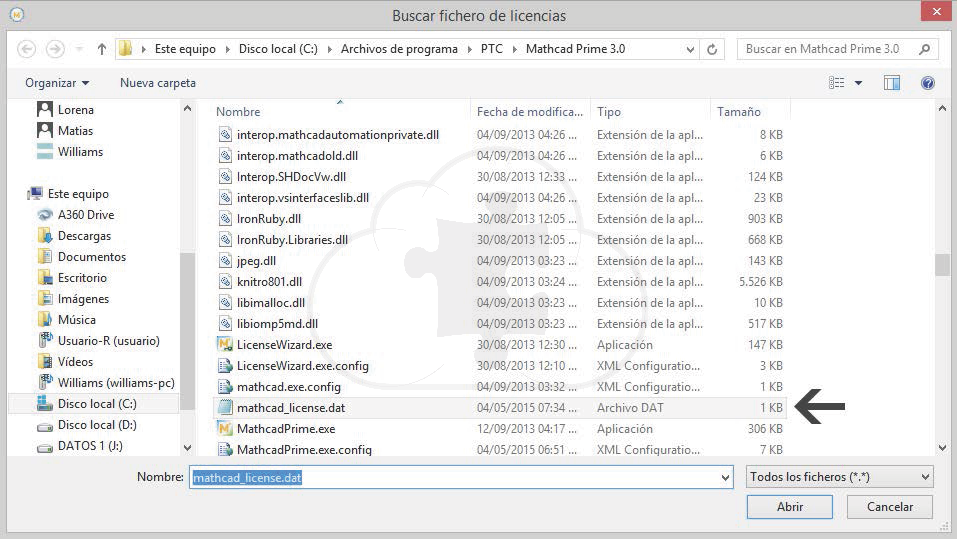
Statview 5 0 Software Informer Scam
StatView 5.0.  Home › Other. Suggest a correction. No specific info about version 5.0. Please visit the main page of StatView on Software Informer. StatView was one of the first statistics applications to have a graphical user interface, capitalizing on. StatView 3 to 5 were distributed by Abacus Corporation.
Home › Other. Suggest a correction. No specific info about version 5.0. Please visit the main page of StatView on Software Informer. StatView was one of the first statistics applications to have a graphical user interface, capitalizing on. StatView 3 to 5 were distributed by Abacus Corporation.
Hikona tv dvd combo manually backup. Histiocytoid Sweet syndrome (H-SS) is a histological variant of Sweet syndrome (SS) differing from classical neutrophilic SS (N-SS) by a dermal infiltrate mainly composed of lymphocytes and histiocytoid myeloperoxidase-positive cells. We aimed to report a large series of H-SS and compare the frequency and type of hematological malignancies associated to H-SS and N-SS.
We included 62 patients with a coding histopathologic diagnosis of SS prospectively registered between 2005 and 2014 in the database of our Department of Pathology. Overall, 22 (35.5%) and 40 (64.5%) patients had a histological diagnosis of H-SS and N-SS, respectively.
Median age, sex ratio, and cutaneous lesions were similar in the 2 groups. The frequency of extra-cutaneous manifestations was similar (50% vs 37.5%, P = 0.42). Recurrent forms were significantly more frequent in H-SS than in N-SS patients (21% vs 2.5%, P = 0.01). A hematological malignancy was diagnosed in 22 patients, 12 (55.5%) with H-SS and 10 (25%) with N-SS ( P = 0.019). Hematological malignancy was of myeloid origin in 8/22 (36.3%) H-SS and 5/40 (12.5%) N-SS patients ( P = 0.02), and of lymphoid origin without myeloid component in 4/22 (18.1%) H-SS and 4/40 (10%) N-SS patients ( P = 0.35), respectively. One N-SS patient had a hematological malignancy of mixed (myeloid and lymphoid) phenotype. A myelodysplastic syndrome (MDS) was diagnosed in 7/22 (31.8%) H-SS and 1/40 (2.5%) N-SS patients ( P.
INTRODUCTION Sweet syndrome (SS) or acute febrile neutrophilic dermatosis was first described by Sweet, in 1964. SS has 3 main presentations: classical SS (idiopathic or associated with various inflammatory disorders), malignancy-associated SS, and drug-induced SS (mainly described with granulocyte or granulocyte-macrophage growth factors)., In 20% to 30% of cases, patients show associated malignancies, mainly hematological disorders of myeloid lineage (i.e., acute myeloid leukemia [AML] and myelodysplastic syndrome [MDS]).
Less frequently, associated lymphoid neoplasms such as chronic lymphocytic leukemia (CLL) and multiple myeloma were reported. – Dermal neutrophilic infiltrates without vasculitis are considered the salient histological feature of SS. However, several studies described some cases with associated cellular components, such as lymphocytes and mononuclear cells of uncertain lineage but resembling histiocytes and showing myeloperoxidase expression. – This histological variant was thus called “lymphocytic SS” or “histiocytoid SS” because of no consensus on the name of this SS variant to date. – In a series of 9 patients, Vignon-Pennamen et al suggested that this histological variant could be more specifically related to MDS and AML, but only a few data regarding this association are available.